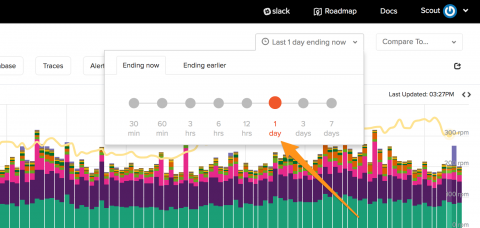Comparison: Ruby vs. Python
Around 1996, when I attended my first programming classes, C++ was the language of choice if you wanted to have a job in this industry. The Internet was young and not as widely available as it is now. Ruby and Python were still in their infancy. Now, in 2018, both have evolved and matured well enough to be in the top 10 most in-demand programming languages. In this article, I’m going to highlight features and contrasts between Python and Ruby.










